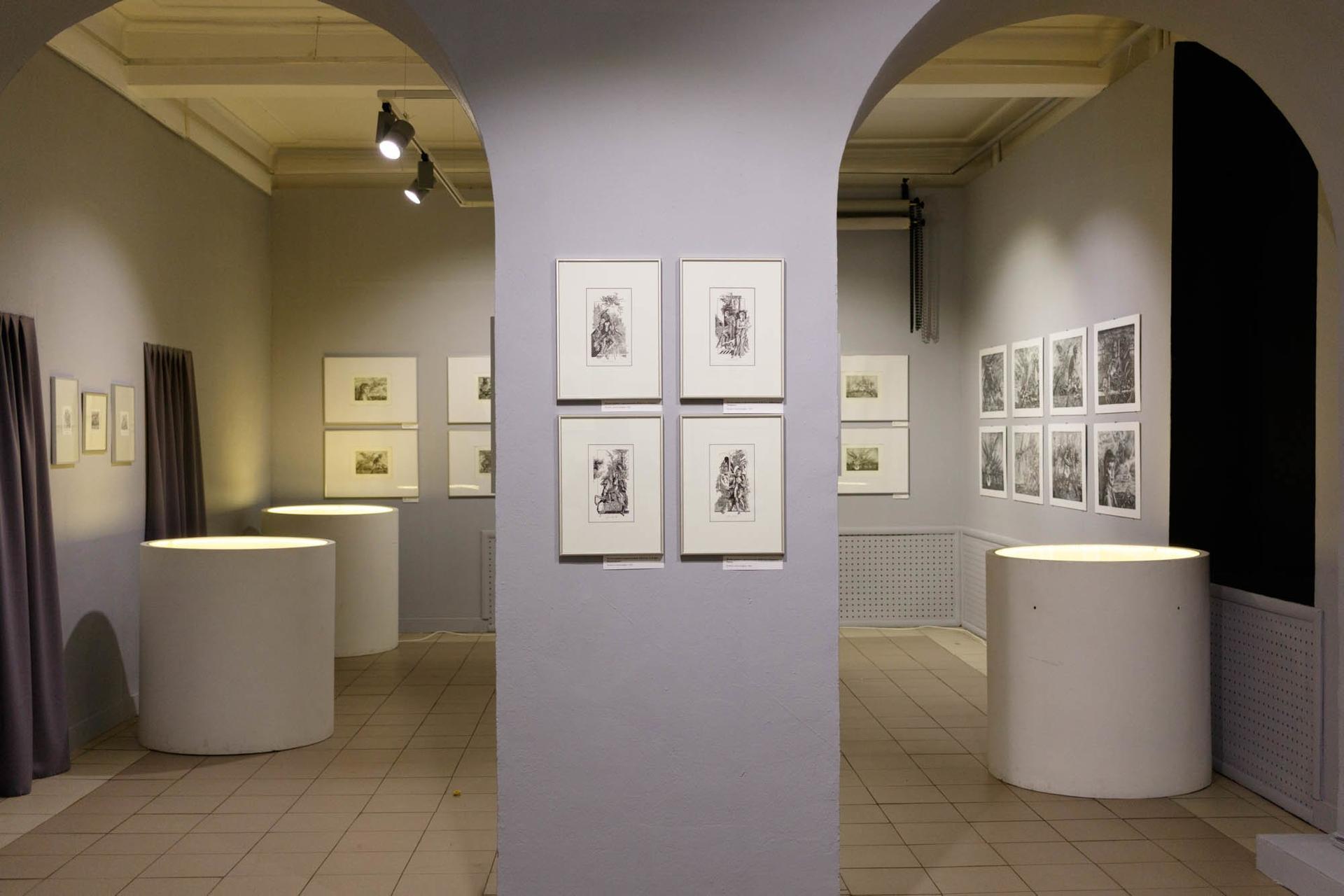Земли древнего богатого села Измайлова при Иване Грозном были подарены Никите Романовичу Захарьину-Юрьеву — деду Михаила Федоровича Романова. Впоследствии вотчина перешла к царю Алексею Михайловичу, который решает превратить ее в образцовое хозяйство нового типа. Река Серебрянка была перекрыта запрудами, и село оказалось на острове. Крестьян переселили, а на острове началось строительство Государева двора. Вокруг него устроили пашни, сады, мануфактуры (первый в России стекольный завод). Для парадного въезда был построен 14-типролетный арочный мост длиной более 100 м., украшенный цветными изразцами по белокаменному парапету. Заканчивался мост проездной Мостовой башней, дошедшей до наших дней. Она напоминает некоторые башни Московского Кремля. На первом ярусе была сторожевая площадка, третий ярус служил звонницей Покровского собора. Сейчас Мостовая башня — постоянная выставка изразцов, филиал ГИМ.
Главным украшением Измайловского острова служит собор Покрова Пресвятой Богородицы. Деревянный храм был построен здесь в конце 1610-х гг. Незадолго до смерти Алексея Михайловича началось строительство зодчим Иваном Кузнечиком каменного храма, по одной из версий — в честь рождения цесаревича Петра (именно на измайловском льняном дворе юный Петр I найдет свой знаменитый ботик — «дедушку русского флота»). Собор щедро украшен полихромными изразцами работы Степана Иванова (Полубеса). При Федоре Алексеевиче на Государевом дворе был построен деревянный царский дворец, похожий на Коломенский, а также каменная двухэтажная домовая церковь Иоасафа, царевича Индийского — одна из первых построек в стиле «русского барокко» в Москве. К сожалению, они не сохранились: дворец сгорел в начале XVIII в., а церковь была разобрана на стройматериалы в 1930-е гг.
В начале XVIII в. в Измайлове жила царица Прасковья Федоровна (вдова Ивана V) с дочерьми Екатериной, Анной (Анной Иоанновной) и Прасковьей. После восшествия на престол Анна Иоанновна не раз бывала здесь и жила продолжительное время. Потом же цари бывали здесь редко. Государев двор ветшал. Часть построек при Екатерине II была разобрана.
Новая жизнь началась в Измайлове в 1837 г. Николай I устроил здесь военную богадельню, поручив проект своему любимому архитектору — Константину Тону. Тон превратил Покровский собор в домовый храм, перестроил Передние и Задние ворота, возвел дополнительные корпуса. Торжественное открытие состоялось в 1850 г. Просуществовала богадельня до 1918 г. В 1920-е гг. здесь разместился саперный полк, а позже — «Рабочий городок имени Баумана», просуществовавший до начала 1970-х гг., когда бараки советского времени были снесены, а в каменных постройках разместились различные конторы.
За последние годы практически все непрофильные учреждения выселены с острова: теперь здесь музей-заповедник: выставочные залы, фондохранилище ГИМа, реставрационные мастерские. Проводятся лекции и экскурсии, действует «Клуб любителей истории Измайлова».























%20BEL_0521.jpg&w=1920&q=75)






